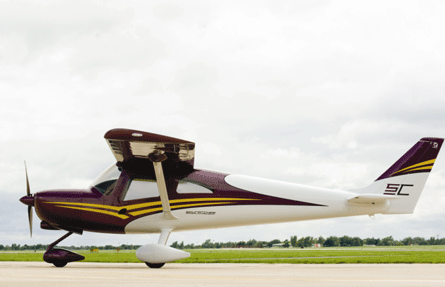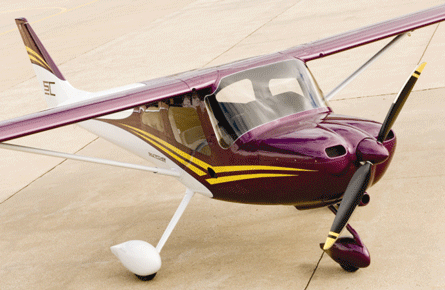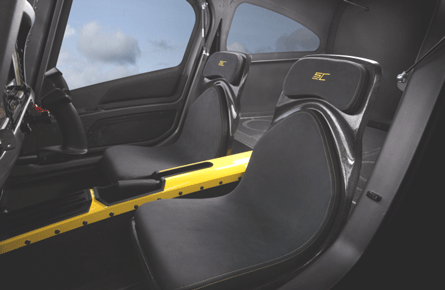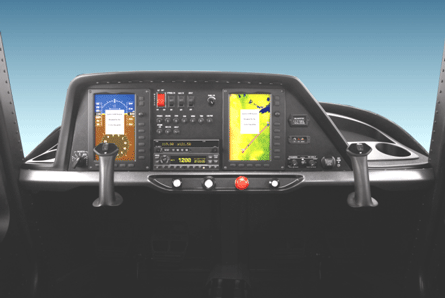Cessna plans to begin deliveries of its Model 162 SkyCatcher in the second half of 2009, but has yet to announce how and where it will build the light sport aircraft (LSA).
The US manufacturer says it will use a "global sourcing strategy" to achieve a launch price of $109,500 for the all-metal two-seater, rising to $111,500 after the first 1,000 orders.
 |
|---|
A full-scale mock-up of the Model 162 was unveiled on 22 July at the AirVenture show in Oshkosh, Wisconsin, when Cessna began taking $10,000 deposits on the aircraft. First flight is set for the first half of 2008.
Cessna expects to build up to 700 aircraft a year at full rate, and is principally targeting the flight training market. "We want new pilot starts - learning to fly has to be more affordable," says programme manager Derek Moekhoek. "The design is really driven by the training market."
 |
|---|
The SkyCatcher is designed to meet industry-developed ASTM consensus standards that limit the gross weight, complexity and performance of LSAs.
The 600kg (1,320lb) aircraft is powered by an air-cooled 100hp (75kW) Teledyne Continental O-200D driving a fixed-pitch composite propeller and giving a cruise speed of 118kt (220km/h) and range of 870km (470nm).
The LSA is equipped with new Garmin G300 avionics, and will be approved for visual flight rules only, says Moekhoek. Standard fit will be a single split-screen primary flight and multifunction display, with a second flat-panel display optional.
 |
|---|
Two cabin entry doors open upward, fixed seats pivot forward to provide access to the baggage area, and the rudder pedals are adjustable. Dual control sticks emerge from under the panel, improving cockpit access.
The aircraft has electric elevator trim and mechanical flaps, toe-actuated disc brakes and castoring nosewheel.
 |
|---|
Modifications from the proof-of-concept aircraft flown last year include minor wing changes to increase lift to meet the LSA stall speed limit and other design refinements to reduce weight and cost, says Moekhoek.
The cowl is redesigned around the O-200D, a lighter version of Continental's O-200A, which replaced the PoC's Rotax engine.
The aircraft will be the first to be self-certificated by Cessna using the streamlined ASTM standards, which provides benefits and challenges to a company steeped in US Federal Aviation Administration certification processes, says Moekhoek.
The company will conduct fatigue testing beyond the standards to ensure durability in training use, he adds. International sales will be limited to countries that accept the ASTM standards.
"A lot of work is going on globally to get other countries to accept the standards," he says.
Source: FlightGlobal.com
















